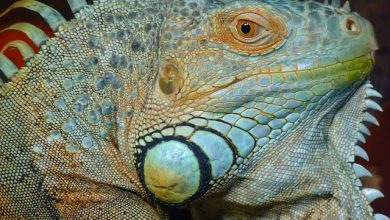A Simple Bioactive Maintenance Routine

You may be looking at this title and thinking: âBioactive maintenance routine? But I thought a bioactive terrarium took care of itself.â
And thatâs true, but only partially.
Having a bioactive setup for your reptile or amphibian does reduce the need for tank maintenance, but it doesnât absolve you of all maintenance responsibilities.
Doing these simple maintenance activities on a regular schedule will keep your vivarium running smoothly and prevent you from having to do a lot of work.
Check the microfauna population
Microfauna, or tank custodians, such as isopods, earthworms, and springtails help to keep soil aerated and contribute to healthy microbiological processes in the soil. This benefits the plants in the habitat.
A proper number of microfauna will contribute to fully functional soil in the setup. If it looks like there are too many, donât worry. Natural reproduction processes can result in spikes in population, but these usually take care of themselves over time, especially if the exotic pet inhabiting the enclosure eats some of them.
If there are not enough, you may need to make sure the custodians are getting enough nutrition, or you may need to add more so that the bioactive habitat stays in balance.
Drain the drainage layer
You should have a false bottom in your vivarium where excess water goes. If too much water builds up, the water can saturate the soil and cause bacterial issues with plant roots and microfauna. Most false bottoms can be drained with a tube that siphons the water.
(Note: having a place to drain the drainage layer is something youâll want to plan for as you initially set up the habitat.)
Replenish organic materials
Especially in higher humidity terrariums, organic materials get broken down quickly. Check that you have a top layer of leaf litter, sphagnum moss, and wood pieces that cover the soil. These help provide structure and nutrients to the soil as well as providing food and cover for the microfauna.
Prune the plants
In a bioactive terrarium, you have a limited amount of space. The plants are an important part of the setup, but they can grow quickly. Youâll need to prune them regularly so that they donât overtake the tank.
Pruning small amounts more often is less traumatic to the plants, as well. Pruning a large amount at once is more likely to kill the plant.
Remove large waste
Yes, you have a cleanup crew of microfauna to help remove and recycle reptile or amphibian waste. That being said, sometimes an exotic pet will defecate in an area the microfauna cannot reach well, or that quantity may just be too much.
If you see a pile of feces in the tank, clean it out.
Replenish soil nutrients
Biodegradable organic matter (like leaf litter) and the workings of microfauna will help keep your soil healthy. But even in a bioactive terrarium, you will eventually need to replenish essential nutrients with a fertilizer.
Some safe, natural fertilizers that can be used in a vivarium include:
Down To Earth Insect Frass
Down To Earth Bat Guano
Down To Earth Neem Seed Meal
Neptune’s Harvest Crab Shell



